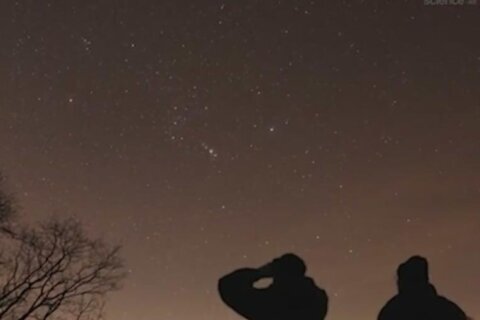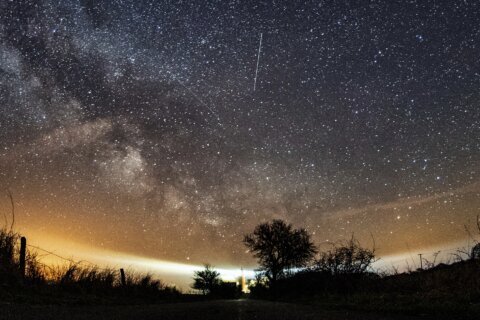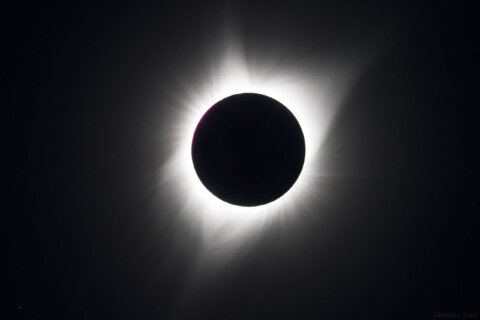WASHINGTON — Vocabulary word of the day: Perihelion.
Wednesday is close-encounter day for the earth and sun.
“At 9:18 this morning we passed what is known as ‘perihelion,’ which is when the earth reaches its closest point to the sun in its annual orbit,” U.S. Naval Observatory spokesman Geoff Chester said.
At perihelion, the sun is 91,404,332 million miles away from its third planet. On July 3, 2017 at about 4 p.m., the sun and earth will be at “aphelion,” the farthest apart they’ll get all year.
Because the earth’s orbit around the sun is almost a perfect circle, Chester said the difference in distance between the closest and farthest points isn’t that great astronomically speaking — a little over 3 million miles.
The first people to calculate these measurements with such precision lived in the 15th century when mathematician-astronomers such as Johannes Kepler and Isaac Newton lived. Chester said the distance back then was based on the apparent diameter of the sun as seen from telescopes.
“The sun appears a little bit larger in early January than it does in early July,” Chester said. “That would be one way that more primitive technology would be able to determine the difference.”
Other than the proximity being something “interesting” to note, Chester said it’s not something people tend to notice.
“There certainly is nothing cosmic about the moment — you don’t feel a lurch from the earth or anything like that,” Chester said.
The meteorological effects also are minimal because the seasons lag, Chester observed. The coldest and warmest temperatures we experience are usually a month or so after perihelion and aphelion.








